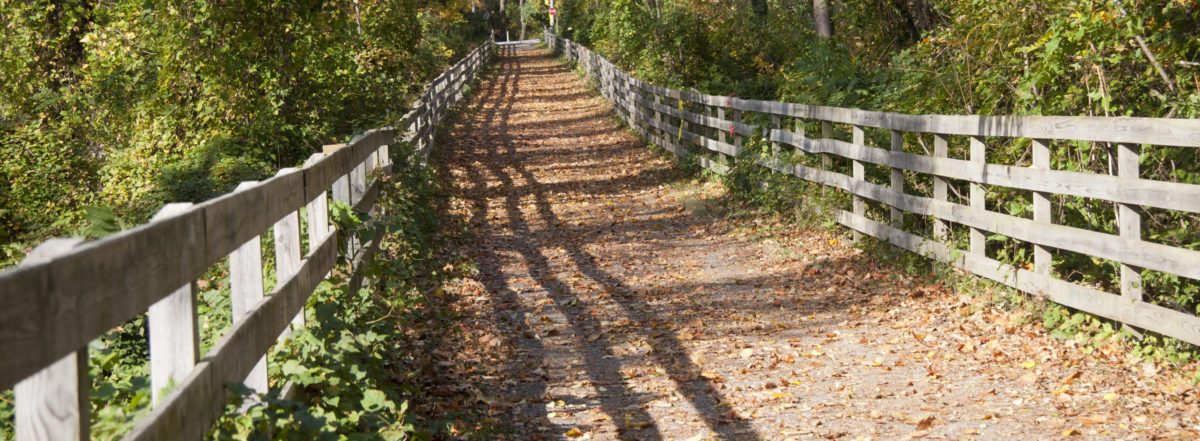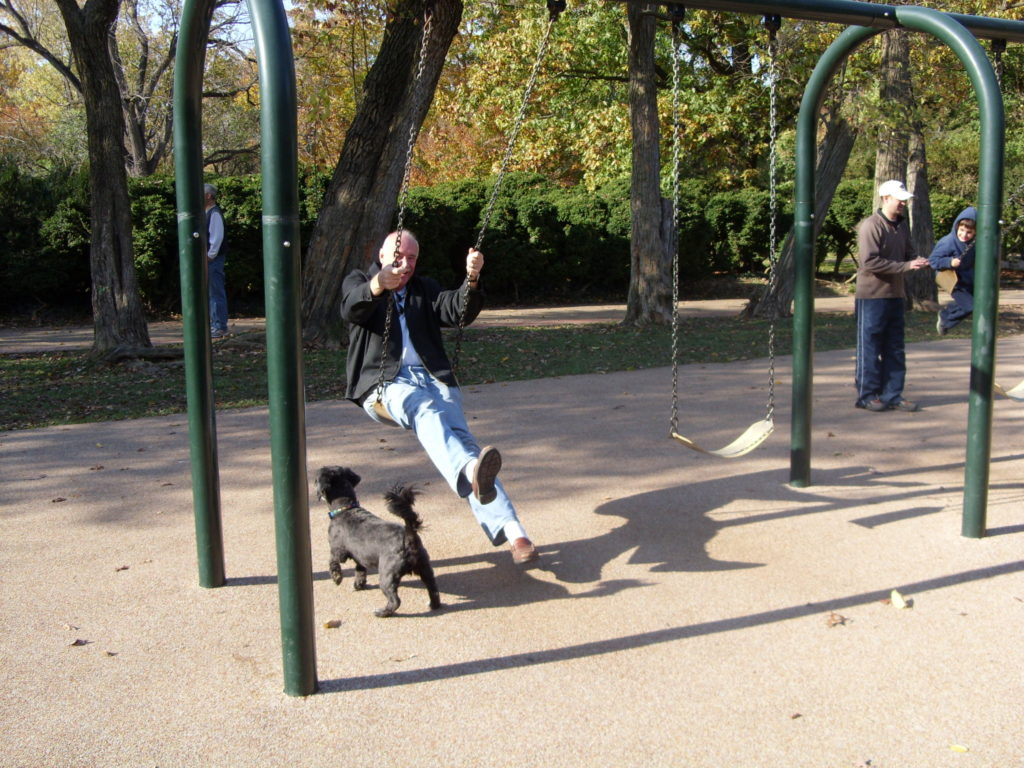The following is an excerpt from
Wessel, L. A. (2017). Shifting Gears: Engaging Nurse Practitioners in Prescribing Time Outdoors. The Journal for Nurse Practitioners, 13(1), 89-96. https://doi.org/10.1016/j.nurpra.2016.06.013

The following is an excerpt from
Wessel, L. A. (2017). Shifting Gears: Engaging Nurse Practitioners in Prescribing Time Outdoors. The Journal for Nurse Practitioners, 13(1), 89-96. https://doi.org/10.1016/j.nurpra.2016.06.013
Chronic diseases are responsible for 7 of 10 deaths annually, and treating chronic diseases accounts for 86% of national healthcare expenditures. Individuals are spending more time indoors, leading to “nature deficit disorder.” According to the National Wildlife Federation, “our kids are out of shape, tuned out and stressed out”, because they are missing something essential to their health and development: connection to the natural world.1 Numerous studies have shown improved health outcomes directly related to time spent in nature. The 2008 Physical Guidelines for Americans and the National Physical Activity Plan support physical activity for physical and mental health purposes and suggest that adults get at least 150 minutes of moderate activity or 75 minutes of vigorous activity a week, and children be active for at least an hour a day.2,3
“Park Rx America is an innovative model that can easily be incorporated into any practice setting and can be tailored specifically to meet the individual life style of the patient or family.”
Health care providers looking for ways to address life style changes to reduce chronic disease burden are turning to the concept of “Park prescriptions.” Park Rx America is a non-profit organization whose mission focuses on decreasing the burden of chronic disease and fostering environmental stewardship through prescribing time outdoors as part of routine medical care. Park Rx America works closely with healthcare providers and governmental parks and recreation agencies to facilitate prescribing outdoor time.
Park Rx America is an innovative model that can easily be incorporated into any practice setting and can be tailored specifically to meet the individual life style of the patient or family. It is part of a global public health movement that encourages people to utilize public lands for the public good. Park Rx programs focus on the inter-professional collaboration among healthcare providers, public land agencies and communities to utilize existing outdoor space including trails and parks for the purpose of improving health. The idea of Park Rx offers a new and low-cost tool, with no side effects, for healthcare providers to promote healthy behaviors, expose patients and families to nature, and to foster the growth of advocates for public lands.4
One of the founding members of Park Rx, Dr. Robert Zarr, a DC-based community pediatrician, comments, “It is rare to find such an accessible and inexpensive intervention that positively impacts a wide breath of chronic disease, ranging from diabetes to high blood pressure to obesity to depression and many other serious mental illnesses.”
With the support of the local Washington, DC American Academy of Pediatrics Chapter, the National Park Service and the George Washington School of Public Health, Dr. Zarr created a web-hosted database entitled DC Park Rx of over 350 green spaces in the District of Columbia. This database5 is considered the gold standard of Park Rx programs, as it is linked with the Electronic Health Record (EHR) of the clinic and can be customizable to meet the needs of patients. Counties in Maryland and Virginia are slowly adding park information to this comprehension data base which can be linked direction to EHRs.
According to the Washington Post, this is the first such tool in the country that allows providers to type a patient’s Zip code into their records and retrieve specially tailored summaries and maps. This allows park prescriptions to be integrated into clinical workflows and enables researchers to collect data regarding park prescriptions.6 The customization can be sorted by location, facilities at each site, and what types of recreational opportunities are present in each site, as well as public transportation routes to get to each facility.
In Prince George’s County, Maryland, outside of Washington, DC, 69% of adults do not meet the CDC recommendations for physical activity and the county has higher rates of obesity compared to state averages.7 The Maryland National Park and Planning Commission (MNCPPC), the governmental agency in charge of the parks, has a goal of decreasing obesity by 10% in twenty years. Numerous park-related activities including expansion of bike trails, a senior walking program and yoga in the parks are being promoted by local safety-net clinics to patients. In order to reach the obesity reduction goal, the parks department is working alongside clinicians and information technology teams to integrate park databases into electronic health records.
Thinking broadly, as clinicians prescribe time outdoors, patients are being introduced to the beauty of American public spaces, which will hopefully create new stewards and advocates for parks and park lands, eventually leading to numerous environmental benefits for society as a whole.
Numerous resources exist to help engage with patients to recommend behaviors to get patients outside and moving. The National Wildlife Federation has numerous resources to facilitate engaging patients in the outdoors. Additionally, the National Environmental Education Foundation (NEEF) has an outdoor activity training module for providers. Park Rx America has several tool kits and other resources on their web site.
The growing knowledge that our medical system is not working to curb the obesity tide, combined with the environmental movement, has led to efforts to gain the support of healthcare providers to simply prescribe time outdoors. In many communities, community health workers have the greatest ability to provide culturally and linguistically appropriate education to patients and could be the leaders of a walking groups on neighborhood trails.

Starting a Park Rx program can be as basic as becoming familiar with local parks and their resources and bus lines, getting park brochures in waiting rooms, and telling patients about the benefits of outdoor time. Furthermore, the healthcare team can host outdoor events in parks and lead park-activities as part of community outreach efforts and health fairs.
In a world of evidenced-based medicine, tracking and documenting the benefits of time outdoors can be challenging. Providers can track the number of Park Prescriptions given to patients and continue to follow benchmarks of weight, Body Mass Index, blood pressure, vitamin D level, Hemoglobin A1C and cholesterol levels on those patients, as well as depression screenings such as the Patient Health Questionaire-9 (PHQ-9) to assess if time outdoors has made an impact on overall health and wellness. Increased functionality of patient portals may be able to capture data about the user experience, including how much time was spent outdoors and what activities where conducted. Increased park utilization around clinic settings may be also noted by Park and Planning agencies when Park Prescriptions are implemented. Technologies including social media may be utilized to document where people are spending outdoor time, such as posting a picture of themselves in a park to the agency’s web site. Future research opportunities can also look at the specific factors impeding physical activity including socioeconomic status, proximity to safe outdoor spaces, and culturally and linguistically appropriate park resources including maps and signage.
To see the works cited used for the information above about Park Rx, click the purple tab on the right side of this page.
For more information about Park Rx, check out the resources below.
The Park Rx America website features an interactive map to connect the community with their local parks and provides additional program information.
Park Rx America was recently featured on NBC’s dateline. View the video and read the full story here.